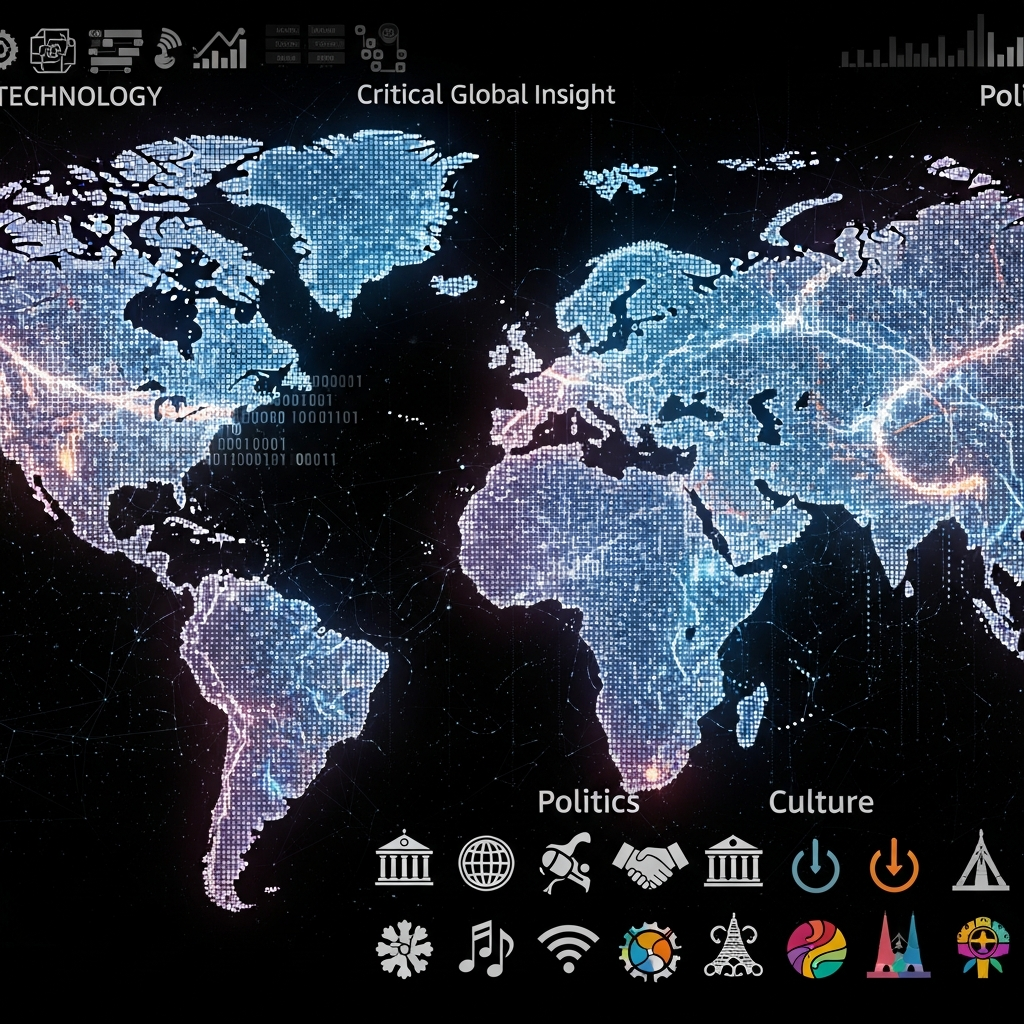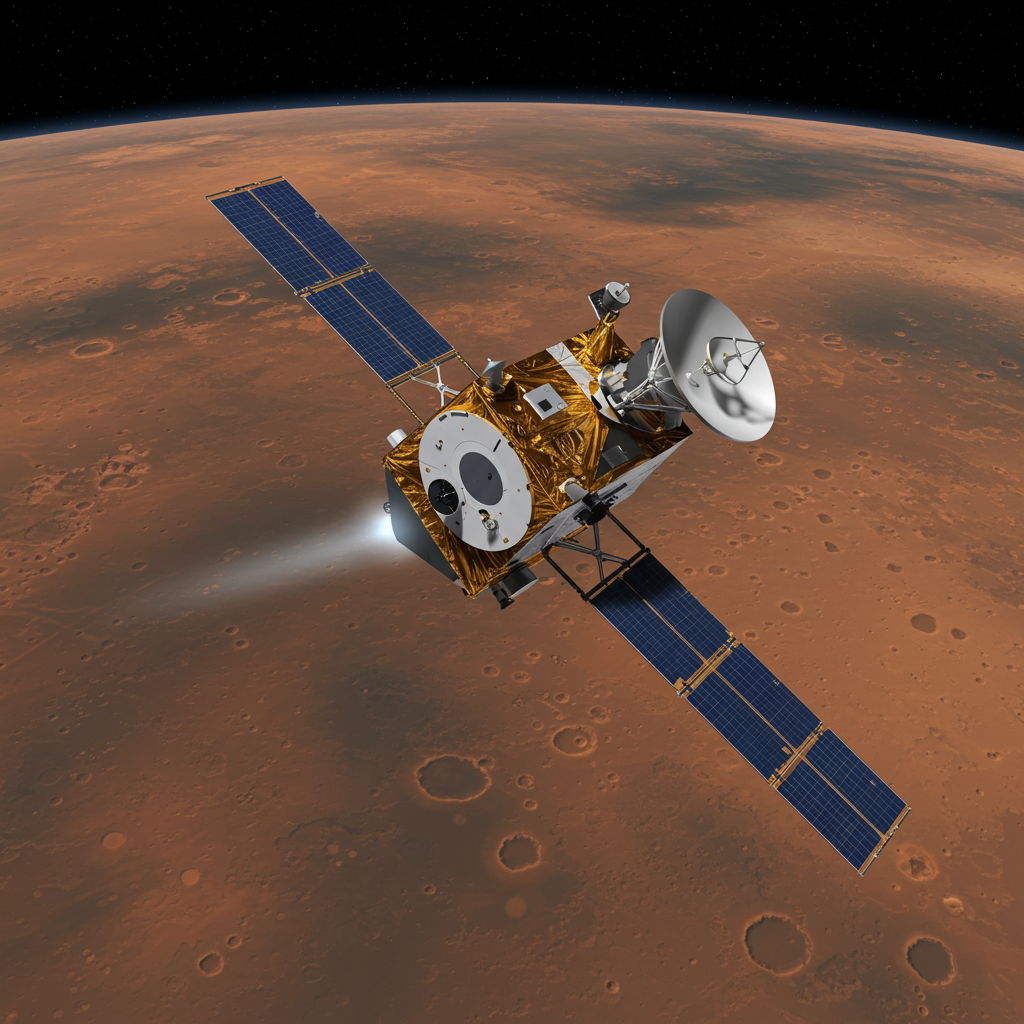A groundbreaking discovery in space is capturing the attention of astronomers worldwide. Scientists have spotted a brand-new comet racing through our solar system. What makes this celestial visitor so remarkable? It originated from outside our solar system, hailing from a distant star system far across the galaxy.
This incredible find, officially named 3I/atlas, marks only the third time in history that astronomers have confirmed an object entering our cosmic neighborhood from interstellar space. The previous two interstellar guests, known as ‘Oumuamua (discovered in 2017) and Comet Borisov, ignited immense curiosity among researchers. They represented the first opportunities to directly study material from beyond our sun’s gravitational influence, offering unique insights into the formation and composition of other planetary systems.
Why Galactic Visitors Spark Scientific Excitement
Discovering objects like 3I/ATLAS is akin to receiving a direct sample delivery from another corner of the Milky Way. Astrophysicist Chris Lintott from the University of Oxford highlighted this value, explaining that these objects provide a unique chance to “randomly sample what’s going on in the rest of the galaxy.” Before the unexpected arrival of ‘Oumuamua in 2017, many astronomers hadn’t seriously considered the possibility of routinely detecting such visitors.
The sheer novelty of ‘Oumuamua profoundly impacted the scientific community. Its unusual, elongated shape and lack of cometary activity sparked intense debate and new lines of research. That initial discovery galvanized astronomers globally, prompting dedicated efforts to search for and study these rare interstellar travelers. Each new find adds a critical data point, helping us understand how common these objects are and what secrets they hold about other star systems.
The Hunt for Interstellar Objects
The latest interstellar object, 3I/ATLAS, was first identified by the NASA-funded ATLAS (Asteroid Terrestrial-impact Last Alert System) survey telescope. This facility, located in Rio Hurtado, Chile, typically scans the sky for near-Earth asteroids. However, its wide field of view and rapid scanning capabilities are also adept at catching fast-moving objects like this comet. The discovery was officially announced this week after astronomers confirmed its hyperbolic trajectory – the tell-tale sign of an object not gravitationally bound to our sun. The designation ‘3I/’ signifies that it is the third confirmed interstellar object.
At the time of its detection, 3I/ATLAS was situated approximately 420 million miles (about 670 million kilometers) away from Earth. Despite this vast distance, the comet’s trajectory and brightness allowed it to be spotted by ground-based telescopes. Its discovery immediately triggered a global alert among astronomers. Observatories around the world are now racing against the clock to gather as much data as possible while the comet is still observable.
Tracking a Fast-Moving Guest
Studying interstellar objects presents significant challenges. They often move at high speeds relative to our sun and typically pass through our solar system relatively quickly. This requires rapid response and coordination among observatories globally. Scientists are currently focused on determining the size, composition, and physical properties of 3I/ATLAS. Understanding its ice content, dust characteristics, and any activity (like developing a coma or tail) can offer clues about the environment where it formed in its home star system.
NASA has confirmed that despite its speed, 3I/ATLAS poses absolutely no threat to Earth. Its path takes it safely through the inner solar system, but not near our planet. Ground-based telescopes will be able to observe the comet through September. After that, its trajectory will bring it too close to the sun for safe observation. However, astronomers anticipate a second viewing window. In December, the comet is expected to re-emerge from behind the sun, allowing for further studies as it speeds back towards interstellar space. This second observation period will be crucial for tracking changes in its activity after its close pass by the sun.
A Bonanza on the Horizon
The discovery of 3I/ATLAS comes at a pivotal time for the study of interstellar objects. Astronomers are eagerly anticipating a dramatic increase in such discoveries thanks to a cutting-edge new facility: the Vera C. Rubin Observatory. Currently nearing completion, this observatory boasts unique capabilities specifically designed to scan vast swathes of the night sky rapidly and deeply. Its powerful 8.4-meter telescope and massive digital camera will collect an unprecedented amount of data.
Funded by the National Science Foundation and the Department of Energy, the Rubin Observatory is poised to begin a decade-long survey of the entire southern night sky later this year. This ambitious project is expected to detect countless transient objects, including many more interstellar visitors like 3I/ATLAS. Scientists predict a “bonanza” of new findings that will transform our understanding of the frequency and characteristics of objects traveling between star systems. The sheer volume and depth of the data from Rubin will allow astronomers to build a much larger sample size than the mere three objects known today, moving the field from studying anomalies to potentially understanding populations of interstellar wanderers.
What We Hope to Learn from 3I/ATLAS
Each interstellar object provides a unique puzzle piece about the universe beyond our solar system. With 3I/ATLAS, astronomers aim to answer questions such as:
What is its precise composition? Does it contain different types of ices or minerals compared to comets formed in our solar system?
How large is its nucleus? Is it similar in size to typical solar system comets?
How does its activity level change as it approaches and recedes from the sun?
Can its trajectory tell us anything about the star system it came from?
Comparing the properties of 3I/ATLAS, ‘Oumuamua, and Borisov will be particularly valuable. ‘Oumuamua was peculiar for its asteroid-like appearance and lack of a visible coma, while Borisov clearly behaved like a comet. 3I/ATLAS appears to be a comet, providing another data point in the diverse population of interstellar objects. Studying these differences helps scientists refine models of planet formation and debris ejection in other star systems.
The rapid advancements in telescope technology and survey techniques mean that the era of interstellar object discovery is just beginning. What was once a theoretical concept is now becoming a tangible field of study, offering tantalizing glimpses into the vast and dynamic environments around other stars.
Frequently Asked Questions
What makes comet 3I/ATLAS special compared to others?
Comet 3I/ATLAS is special because it is only the third confirmed object ever detected that originated from outside our solar system. Unlike typical comets which formed in our sun’s system and orbit it, 3I/ATLAS traveled from a distant star system, offering scientists a rare opportunity to study material from elsewhere in the galaxy.
Where was the interstellar comet 3I/ATLAS discovered?
The interstellar comet 3I/ATLAS was discovered by the NASA-funded ATLAS (Asteroid Terrestrial-impact Last Alert System) survey telescope. This robotic telescope system operates from multiple locations, with the initial detection likely made by the facility located in Rio Hurtado, Chile.
How will scientists study comet 3I/ATLAS now that it’s in our solar system?
Astronomers worldwide are using ground-based telescopes to observe 3I/ATLAS. They will study its trajectory, speed, brightness, and any signs of activity like a coma or tail. Observations are possible through September, pause when it gets too close to the sun, and resume in December. Scientists aim to measure its size and composition using various instruments.
The discovery of 3I/ATLAS underscores the dynamic nature of our galaxy and the incredible progress in observational astronomy. As telescopes become more powerful and surveys more comprehensive, we can anticipate many more exciting discoveries of visitors from beyond our cosmic home, each carrying potential clues about distant worlds.




